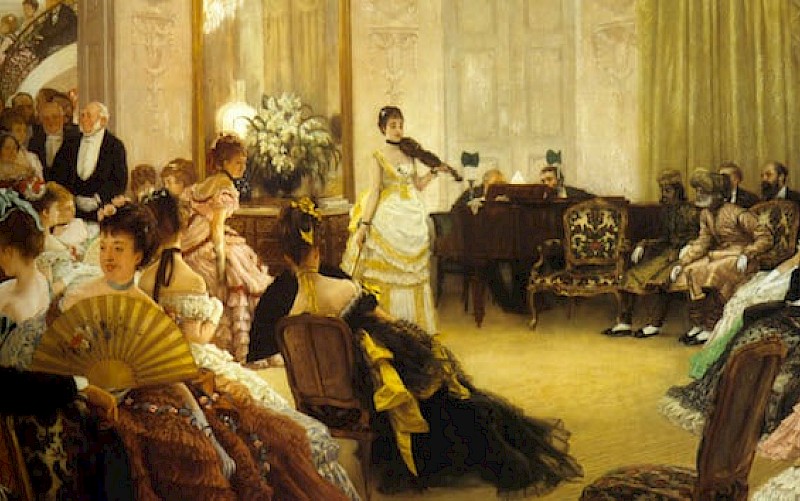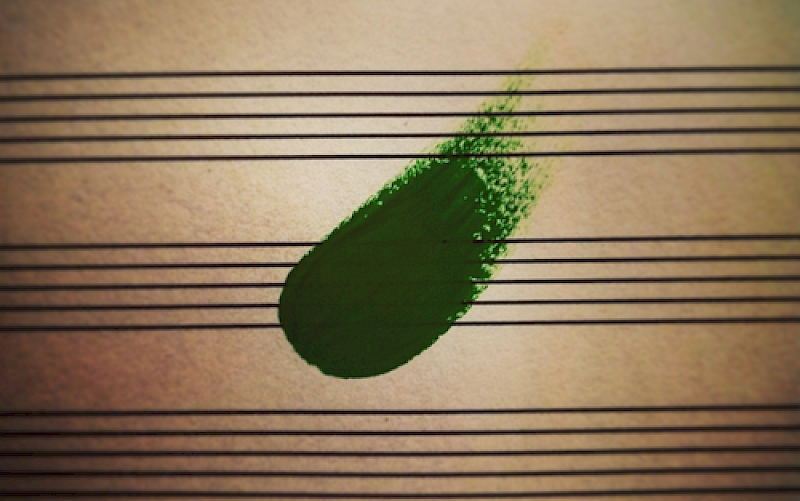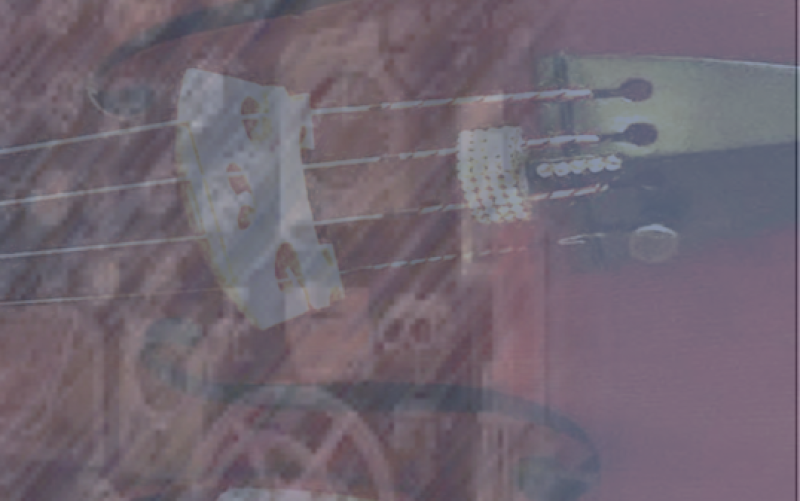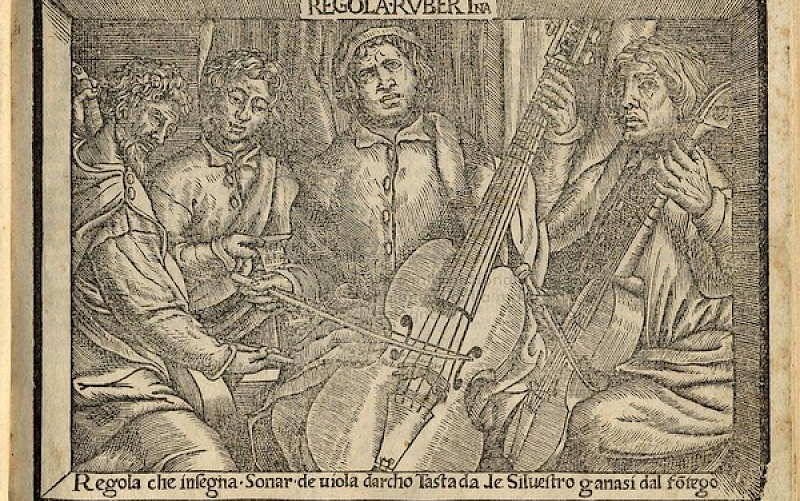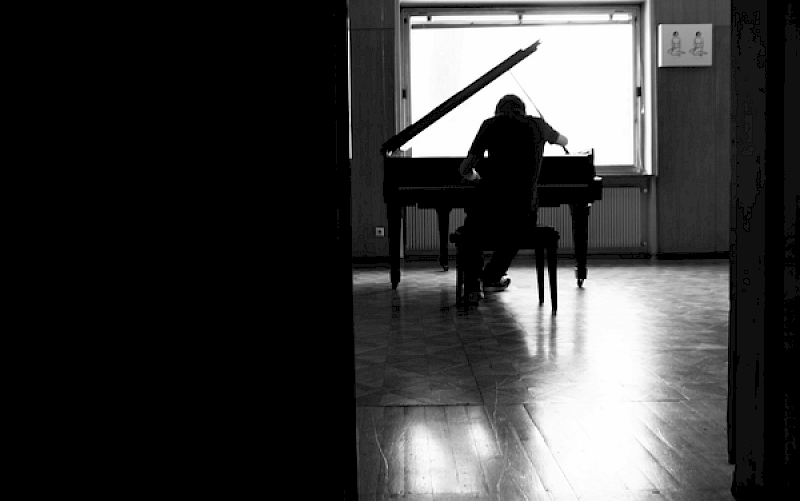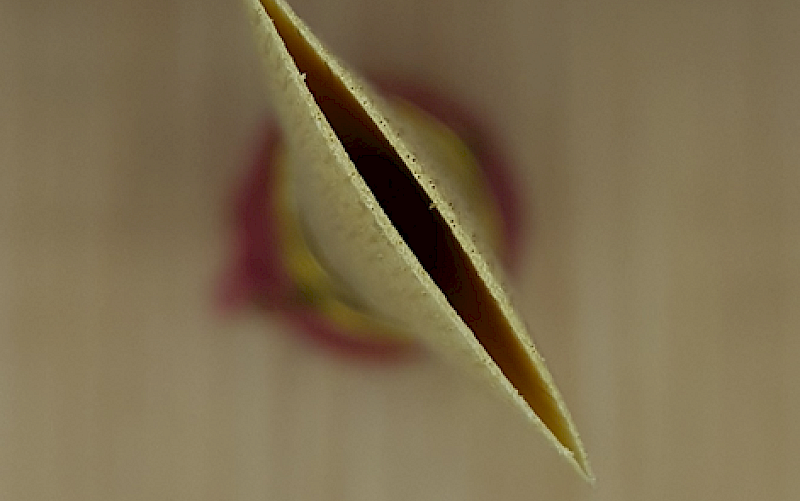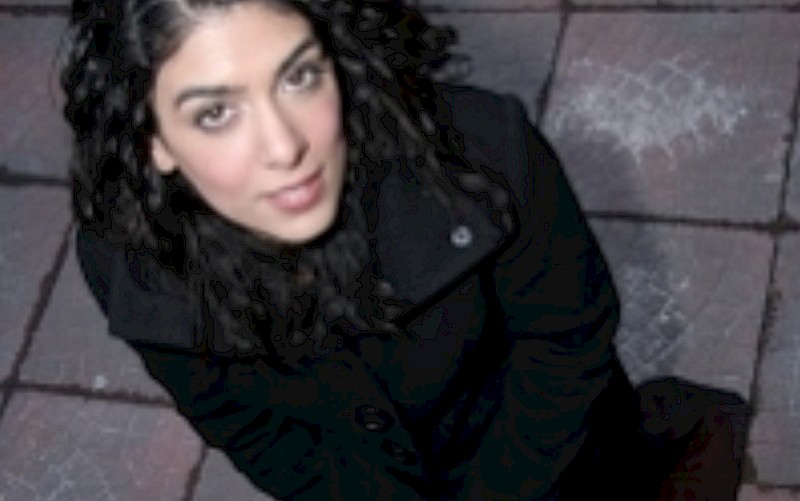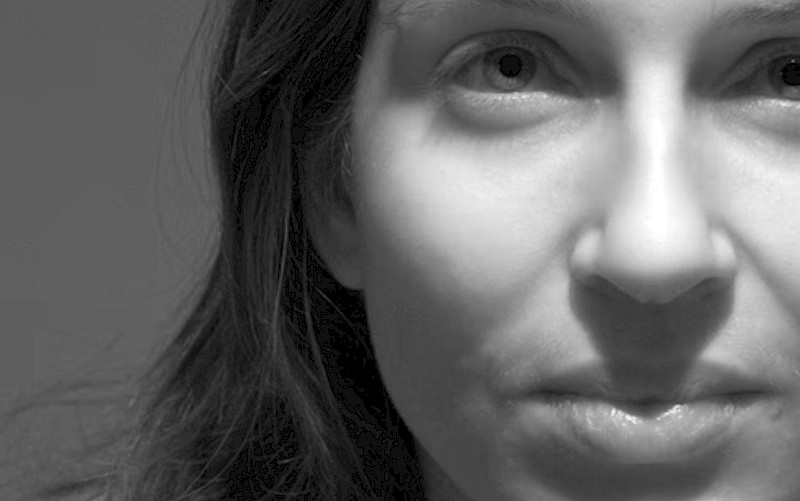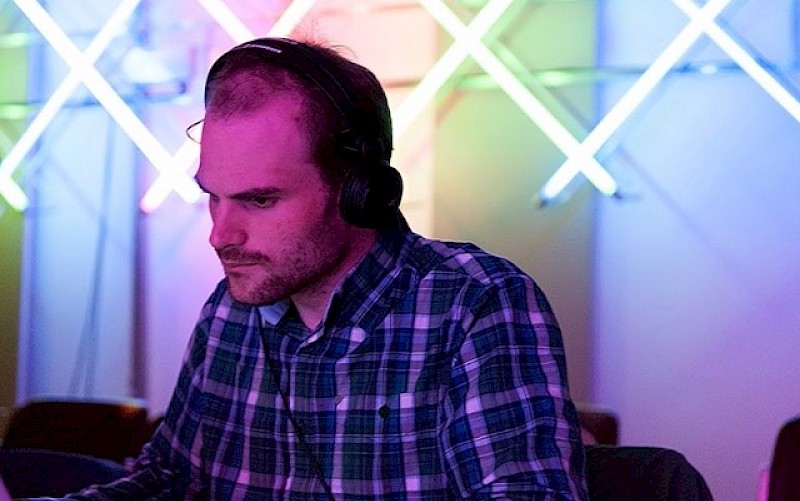The Prolonged Touch: Finger Pedaling and Legatissimo in Classical and Early Romantic Piano Music
The term prolonged touch comes from Carl Czerny and is synonymous with finger pedaling, legatissimo, overlegato, and, in some cases, legato. This was a common technique used by the early pianists who took it out of the practices of harpsichord, clavichord, and organ playing. Its use in piano music declined during the Romantic period and beyond, due to the development of the piano and its sound, the advancement of damper pedal technique, and a more "literal” reading of notation. My research aims to understand how and where in music the prolonged touch was used in Classical and early Romantic piano music. Passages describing this technique were found in treatises and works by C. P. E. Bach, Türk, Milchmeyer, Adam, Hummel, Moscheles, Czerny, and more. From these passages, I examined the ways the aforementioned composers notated or indicated the use of this technique in their compositions. Next, based on what the treatises tell, I organized categories of musical applications of the prolonged touch. And then I gave examples from piano literature to further illustrate their use within each category. Finally, I demonstrated my artistic use of the prolonged touch in Mozart’s Sonata in F major, K. 332.
Author: Blake Proehl
